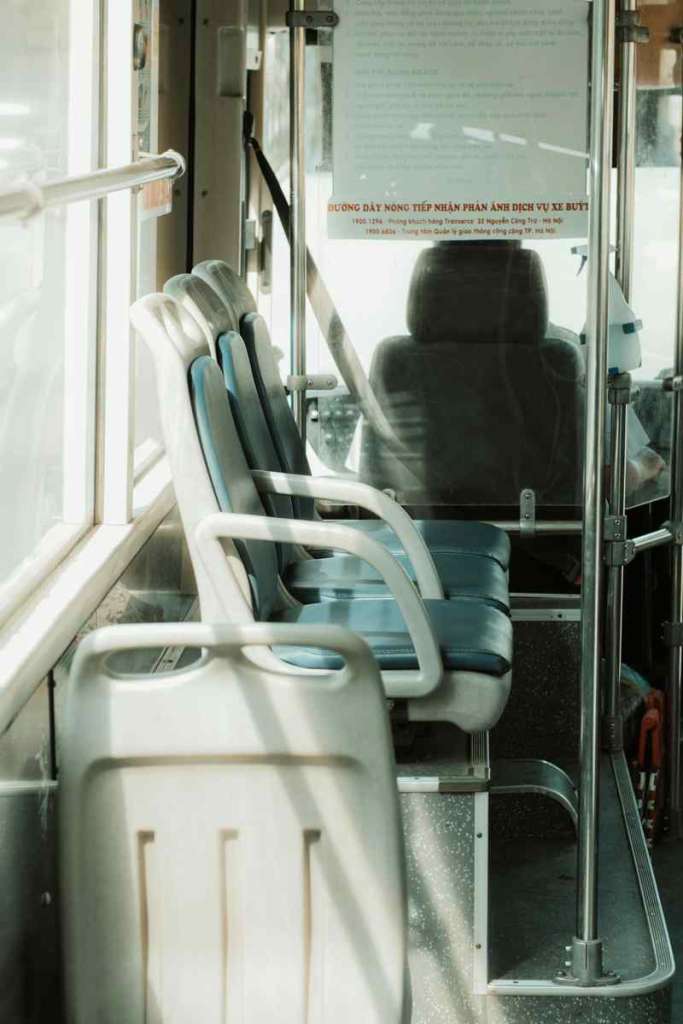Public Transportation Accessibility for Texans Moving to Idaho
Introduction
Moving to a new state can be a daunting task, especially when it comes to figuring out the public transportation system. If you’re a Texan relocating to Idaho, you’ll want to familiarize yourself with the transportation options available to you. This comprehensive guide will provide you with all the information you need to navigate Idaho’s public transportation system with ease.
Major Cities with Public Transportation
Idaho’s major cities, including Boise, Idaho Falls, and Pocatello, offer varying levels of public transportation services. Here’s a breakdown:
Boise
Boise State University (BSU) Shuttle: Free shuttle service for students, faculty, and staff connecting the main campus with downtown Boise.
ValleyRide: Bus system serving the Treasure Valley area, including Boise, Meridian, and Nampa.
Idaho Falls
Idaho Falls Public Transportation (IFPT): Bus system with fixed routes and on-demand services.
Pocatello
Portneuf Valley Transit (PVT): Bus system connecting Pocatello and Chubbuck.
Rural Transportation Options
For those moving to rural areas of Idaho, public transportation options may be limited. However, there are alternative transportation services available:
Idaho Dial-A-Ride: Door-to-door transportation for seniors and people with disabilities.
RideShare: Non-profit organization providing transportation services for low-income individuals.
Local taxi services: Available in most cities and towns, but can be expensive for regular use. Transportation Costs and Payment Options
Ticket prices and payment options vary depending on the transportation service you choose. Here’s a general overview:
Boise:
BSU Shuttle: Free for BSU students, faculty, and staff
ValleyRide:
Single ride: $2.00
Day pass: $4.00
Monthly pass: $45.00
Taxi services: Vary depending on distance and time of day
Idaho Falls:
IFPT:
Single ride: $1.50
10-ride punch card: $12.00
Monthly pass: $30.00
Pocatello:
PVT:
Single ride: $1.50
Day pass: $3.00
Monthly pass: $30.00
Payment Options:
Most public transportation services in Idaho accept cash, debit cards, and credit cards. Some also offer mobile payment options through their respective apps.
Tips for Using Public Transportation in Idaho
Here are some tips to make your experience with Idaho’s public transportation system more enjoyable:
Plan ahead: Check bus schedules and routes before you travel to avoid delays.
Be prepared for the weather: Idaho’s weather can be unpredictable, so dress accordingly and bring an umbrella or raincoat if necessary.
Respect fellow passengers: Be courteous and avoid loud noises or disruptive behavior.
Consider using a transit app: There are several transit apps available that can provide real-time bus tracking and route planning.
Take advantage of discounts: Seniors, students, and people with disabilities may be eligible for discounts on public transportation fares.
Conclusion
Navigating the public transportation system in Idaho as a Texan transplant doesn’t have to be daunting. By familiarizing yourself with the options available, understanding costs and payment methods, and following these tips, you’ll be able to travel around your new home state with ease and affordability. Embrace the adventure of exploring Idaho’s public transportation system, and enjoy the convenience and accessibility it offers! Glossary of Terms
Accessible: Designed to accommodate individuals with disabilities, such as ramps, elevators, and assistive technology.
Bus Rapid Transit (BRT): A high-capacity bus system that operates on dedicated lanes, similar to light rail.
Commuter Rail: A passenger train service that transports commuters between suburban areas and urban centers.
Dial-A-Ride: A demand-response transportation service that provides door-to-door transportation for individuals who cannot use conventional public transportation.
Fare: The cost of using public transportation, typically charged per ride or pass.
Light Rail: An electrified rail system that operates on dedicated tracks, often found in urban areas.
Mobility: The ability of individuals to move around their environment, including using public transportation.
Paratransit: A specialized transportation service for individuals with disabilities who cannot use conventional public transportation.
Pass: A pre-paid ticket that allows unlimited travel on public transportation for a specified period of time.
RideShare: A service that connects drivers with passengers who are traveling in the same direction, often through an app.
Route: The path that a public transportation vehicle follows.
Schedule: The timetable for public transportation services, indicating the times and locations of stops.
Subsidy: Financial assistance provided by government or other entities to support public transportation services.
Transit Center: A central hub where multiple public transportation routes converge, allowing for easy transfers.
Transportation Hub: A major transportation facility that connects different modes of transportation, such as buses, trains, and taxis.

